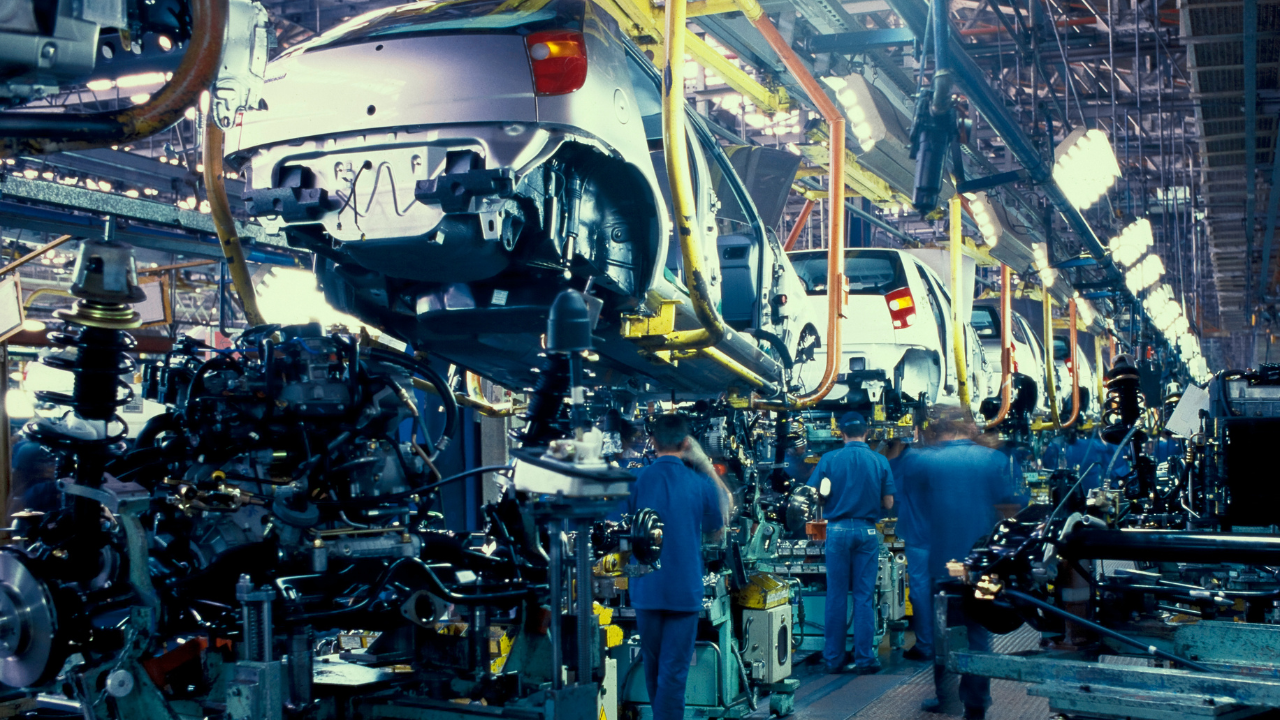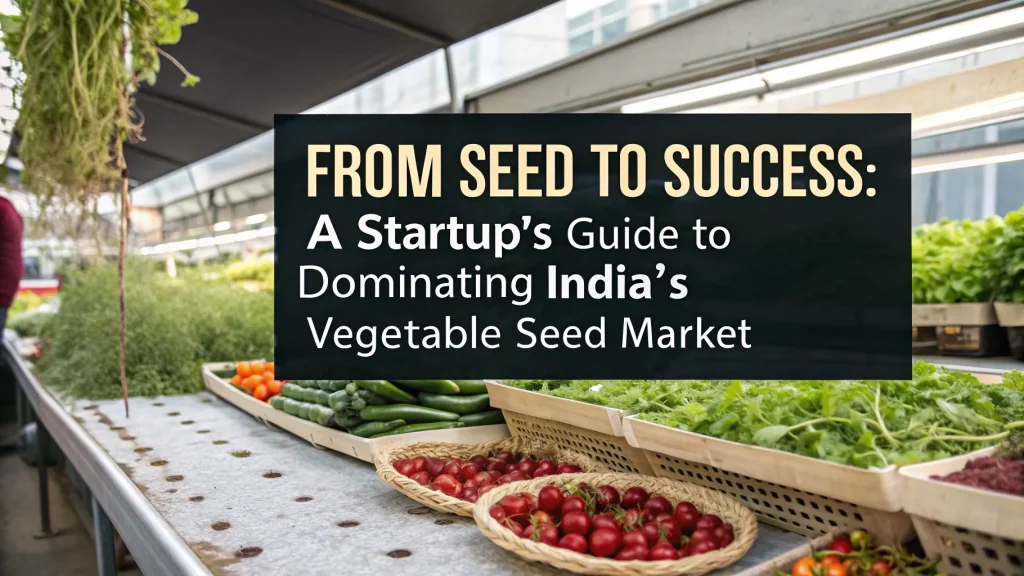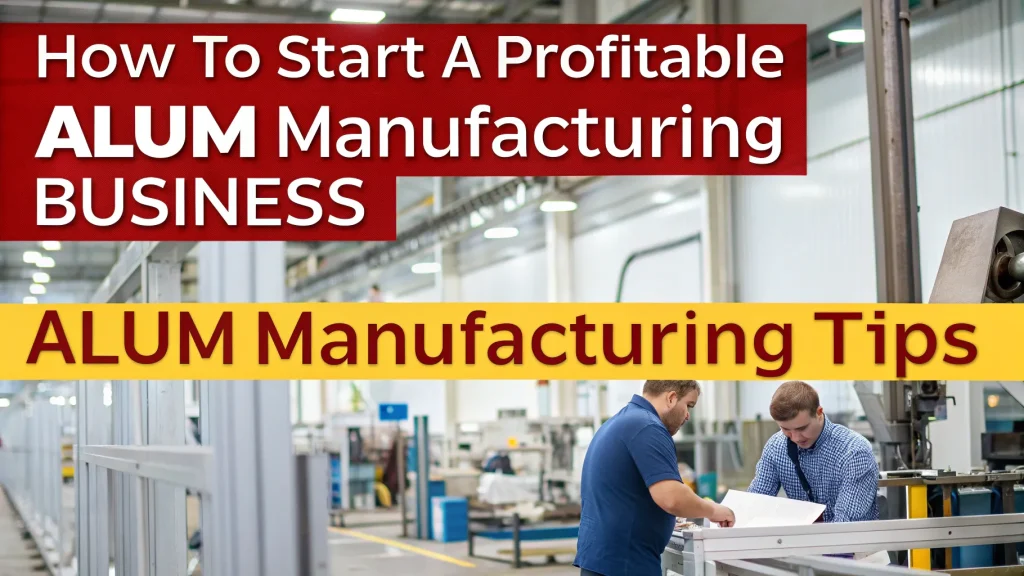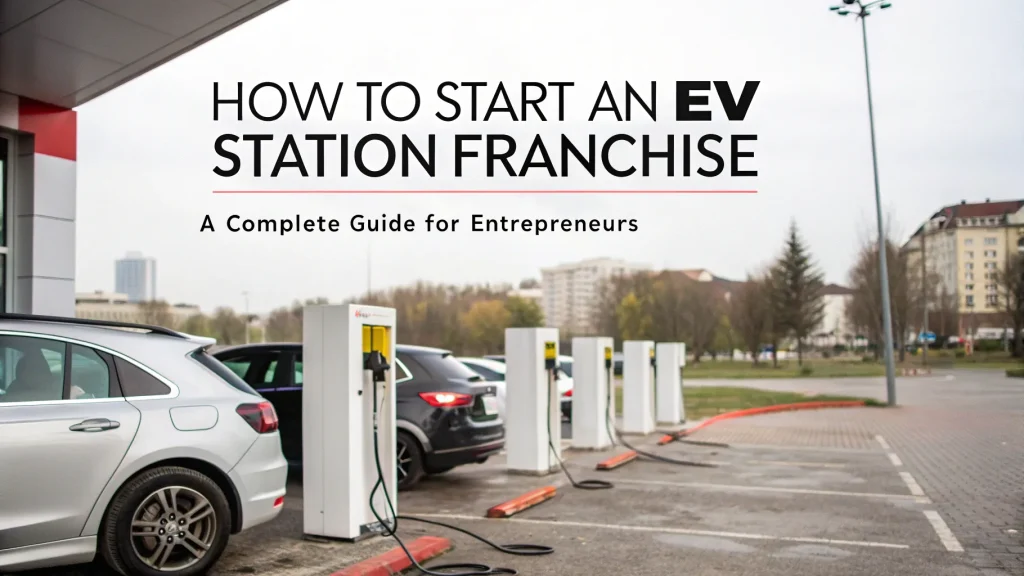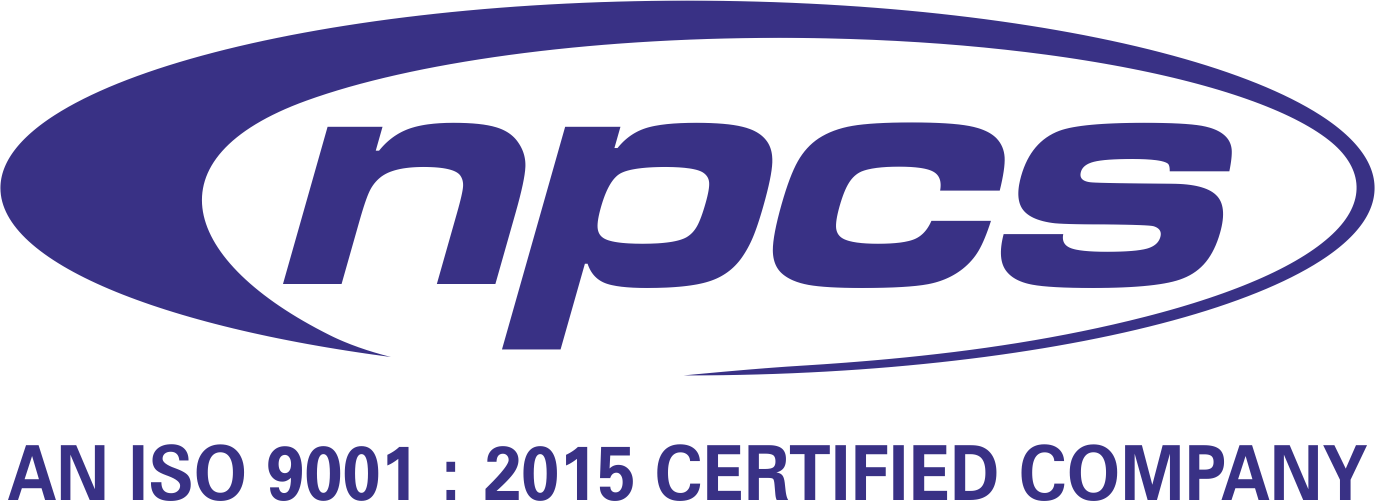The automobile industry presents immense potential, particularly within automotive product manufacturing. The wide array of product categories you’ve highlighted covers a comprehensive spectrum, showcasing the diverse possibilities within the sector. Let’s break down the key product segments, explore production possibilities, and discuss strategic insights to capitalize on the growing opportunities in the automobile industry.
Product-Level Opportunities
Truck Body Manufacturing
Manufacturing truck bodies, including chassis and structures, is a foundational segment. Tailoring designs based on regional needs through focused market research can offer a significant competitive edge.
Truck Mud Flaps
Mud flaps play a critical role in road safety by reducing the spread of debris. Offering various sizes, materials, and custom branding options can create product differentiation.
Lithium-Ion Battery Assembly
With the rise of electric vehicles (EVs), demand for efficient, long-lasting batteries continues to grow. Innovation in faster charging and slower discharge technologies will drive advancements in this sector.
JCB Bucket Pins, Tooth Nuts, Bolts, and Pin Bushes
These essential construction equipment components provide opportunities for both limited-run manufacturing and inventory-based business models, especially in infrastructure-heavy regions.
Helmet Manufacturing
Helmets are vital for road safety. Investing in innovative design, material strength, and safety certifications can result in recurring demand cycles and strong brand identity.
Alloy Wheels for Two-Wheelers
These enhance both the aesthetics and performance of bikes. Focusing on design, lightweight materials, and durability will appeal to a safety-conscious, style-driven market.
Auto Piston Manufacturing
Precision engineering and material integrity are crucial. There’s constant demand due to wear and tear in internal combustion engines, offering stable production opportunities.
Brake Pads and Brake Shoes
As key safety components, innovation around longevity and compatibility across multiple vehicle types will help penetrate the aftermarket replacement segment.
Seaworthy Containers
Containers are indispensable in global trade. Durable, weather-resistant containers with customizable sizes cater to the logistics and shipping industries.
Visit this Page for More Information: Start a Business in Automotive Industry
Truck Trailers (Sidewall, Flatbed, Bulker, Tip, Container)
Modular design, robust construction, and load optimization features can help cater to logistics providers and fleet operators.
Strategic Recommendations
Market Research
Thorough research helps identify demand-supply gaps, customer preferences, and competition. Tailoring offerings based on real insights leads to better market penetration.
Sustainability Focus
Incorporating sustainable materials and eco-friendly processes ensures regulatory compliance and positions the brand as environmentally responsible.
Quality Control
Consistent quality checks across the production cycle build customer trust, encourage repeat business, and fuel word-of-mouth referrals.
Innovation and R&D
Invest in research and development to remain competitive. Exploring AI, IoT, and smart manufacturing techniques enhances product performance and customer satisfaction.
Strategic Business Planning
-
Vision & Mission: Define a long-term vision supported by a mission that reflects core values such as innovation, safety, and customer focus.
-
Business Model: Choose between B2B and B2C models and determine a pricing and distribution strategy accordingly.
-
Target Market: Understand the needs and behaviors of target customers by region, age, and income.
-
Product Development Cycle: Follow a robust cycle from idea generation to market launch, ensuring every phase includes customer feedback and prototyping.
-
Design & Prototyping: Prioritize usability, aesthetics, safety, and manufacturing feasibility during the design stage.
Supply Chain & Logistics
-
Procurement: Partner with reliable suppliers to ensure quality materials at competitive costs.
-
Production: Implement lean manufacturing to reduce waste and improve productivity.
-
Logistics: Streamline delivery systems for speed, cost-efficiency, and low environmental impact.
Quality & Compliance
-
Certifications: Obtain industry-specific certifications to build credibility and enter new markets.
-
Continuous Improvement: Utilize customer feedback to refine products and operations consistently.
Marketing & Branding
-
Brand Identity: Build a strong, consistent brand that resonates with your target market.
-
Marketing Strategy: Use digital marketing, influencer partnerships, and trade shows to increase brand visibility.
-
Customer Engagement: Foster community through social media, loyalty programs, and personalized outreach.
Sales, CRM, and After-Sales Support
-
Sales Strategy: Equip your sales team with tools and training for effective selling.
-
Distribution: Choose the most efficient channels for product delivery.
-
CRM Integration: Improve customer satisfaction and retention through robust CRM systems.
-
After-Sales Support: Offer warranties, quick repairs, and proactive feedback mechanisms.
Sustainability & Environmental Responsibility
-
Eco-Friendly Practices: Adopt green manufacturing and reduce your carbon footprint.
-
Waste Management: Implement efficient systems to handle production waste responsibly.
-
Community Engagement: Support CSR initiatives to foster goodwill and brand loyalty.
Read our Book Here: The Complete Book on Production of Automobile Components & Allied Products
Innovation, R&D, and Tech Integration
-
Product Innovation: Regularly upgrade existing products and develop new ones based on market demand.
-
Technology Use: Leverage AI, ML, and IoT to improve operational efficiency and product intelligence.
-
IP Protection: Safeguard innovations through patents, copyrights, and trademarks.
Workforce Management
-
Training & Development: Keep teams updated with modern tools and techniques.
-
Employee Retention: Foster a positive work culture with clear growth opportunities.
Global Expansion & Diversification
-
International Strategy: Adapt products to meet international preferences and regulations.
-
Market Entry Models: Choose from franchising, licensing, exporting, or local partnerships.
-
Cultural Adaptation: Tailor products and marketing to fit regional customs and tastes.
Risk Management
-
Risk Assessment: Identify potential risks in finance, operations, and strategy.
-
Contingency Planning: Prepare for business continuity with backup plans for key processes.
-
Insurance: Secure coverage to mitigate liability and operational disruptions.
E-Commerce and Digital Transformation
-
Online Integration: Create user-friendly e-commerce platforms for direct-to-customer access.
-
Digital Marketing: Boost sales using SEO, content marketing, paid ads, and influencer marketing.
-
Data-Driven Decisions: Use analytics for better product development, inventory, and customer engagement.
Customer Loyalty Programs
-
CRM Strategies: Manage touchpoints and personalize communication.
-
Loyalty Rewards: Incentivize repeat purchases with discounts, early access, or exclusive offers.
Branding & Market Positioning
-
Brand Development: Create a strong, memorable brand that communicates trust and performance.
-
Strategic Positioning: Differentiate through quality, service, or innovation.
-
Consistent Messaging: Maintain alignment across all customer communication channels.
Conclusion: Unlocking the Future of the Automobile Industry
The opportunities in the automobile industry are vast and rapidly expanding due to innovation, sustainability needs, and evolving consumer behaviors. Companies that invest in quality, R&D, and digital transformation while staying customer-centric will thrive in this competitive sector. Whether it’s vehicle parts, EV components, or safety gear—every niche has room for growth when approached strategically.
Visit Our Website For More Details : www.niir.org

